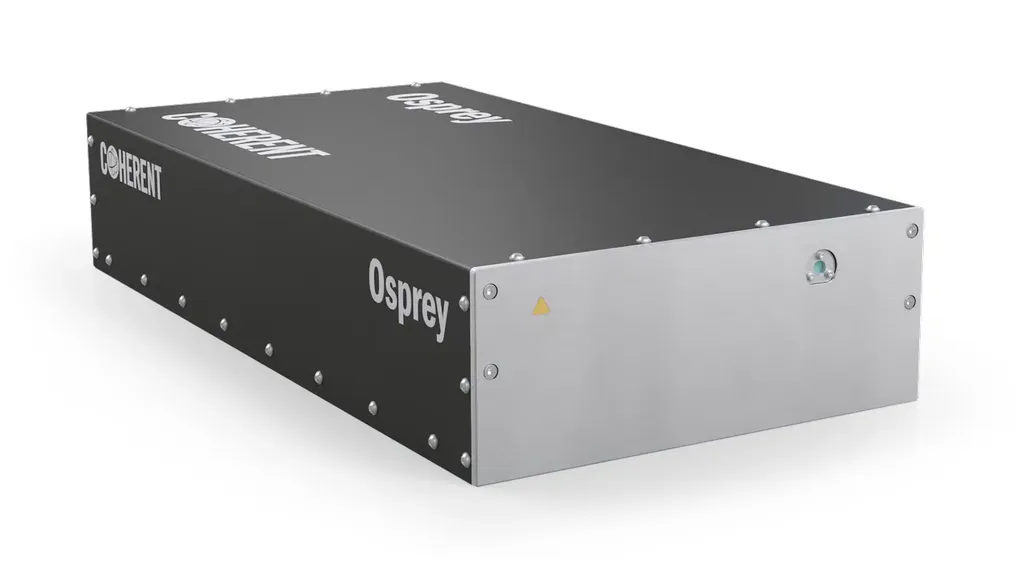In the rapidly evolving world of construction technology, a groundbreaking study published in the journal *Omsk Scientific Bulletin* (Омский научный вестник) is set to revolutionize how we approach terrestrial laser scanning. Led by A. Yu. Turybrin from Omsk State Technical University, the research delves into the optimization of drive designs for laser scanners, promising significant advancements in accuracy, efficiency, and cost-effectiveness.
Terrestrial laser scanning has become a cornerstone of modern construction, particularly within Building Information Modeling (BIM) technologies. This method provides unparalleled precision in measuring the size, position, and deviation of objects, making it indispensable for quality control and project management. However, the effectiveness of these systems hinges on the angular accuracy of the scanning process, which is largely determined by the drive system.
Turybrin’s research meticulously analyzes the technical specifications of various laser scanning systems, highlighting the critical role of drive designs in achieving high angular precision. “The drive system is the backbone of any laser scanning device,” Turybrin explains. “Its performance directly impacts the accuracy and reliability of the data collected, which is crucial for construction projects.”
One of the key findings of the study is the potential for optimizing electric drive designs using Phase-Locked Loop (PLL) technology. This innovation could significantly reduce the cost of scanning systems without compromising angular accuracy. “By leveraging PLL technology, we can enhance the performance of electric drives, making terrestrial laser scanning more accessible and efficient,” Turybrin notes.
The implications of this research are far-reaching, particularly for the energy sector. Accurate and efficient laser scanning is essential for the construction and maintenance of energy infrastructure, including power plants, wind farms, and pipelines. Improved drive designs could lead to faster, more precise inspections and surveys, ultimately reducing downtime and operational costs.
Moreover, the study identifies several areas for further improvement in drive systems, including the use of advanced encoders and friction couplings. These enhancements could pave the way for even more sophisticated and reliable laser scanning technologies.
As the construction industry continues to embrace digital transformation, the findings of Turybrin’s research offer a glimpse into the future of terrestrial laser scanning. By optimizing drive designs and reducing costs, we can expect to see a wider adoption of this technology, benefiting not only the construction sector but also the broader energy landscape.
In the words of Turybrin, “The future of terrestrial laser scanning lies in innovation and optimization. By continuously improving drive systems, we can unlock new possibilities for precision and efficiency in construction and beyond.”
As the industry looks to the horizon, the work of Turybrin and his team serves as a beacon of progress, guiding us toward a future where accuracy and efficiency are not just goals but standards.

